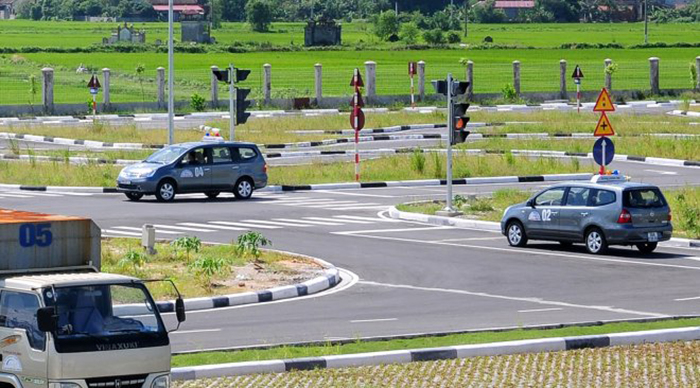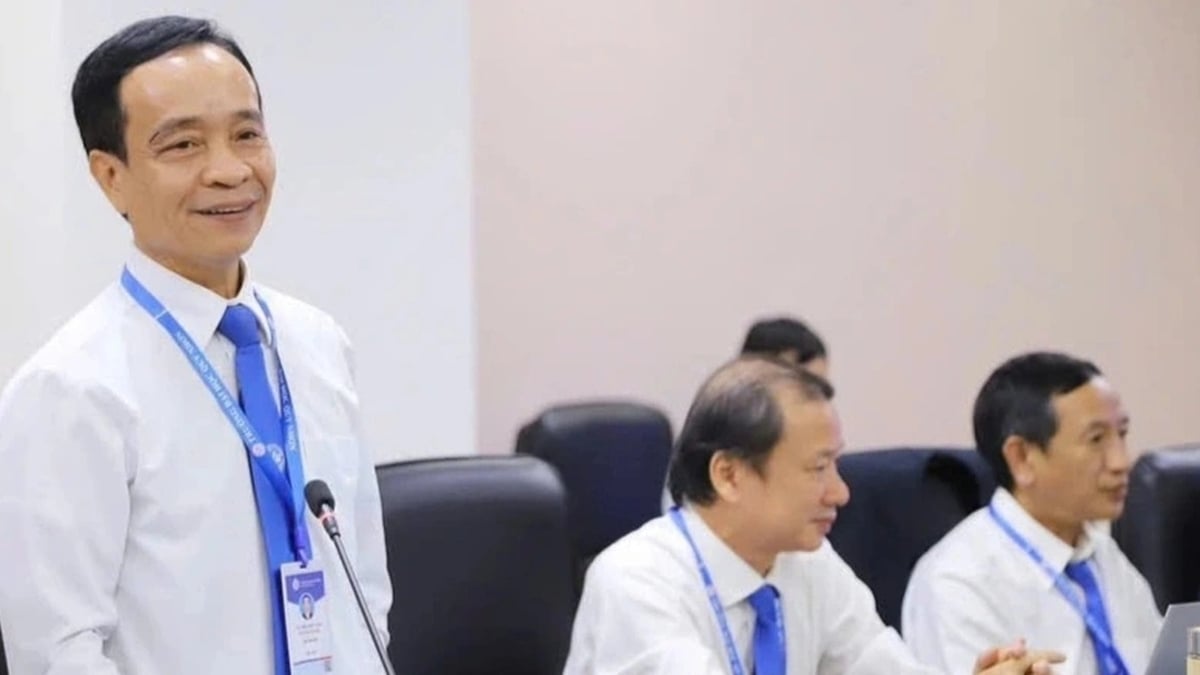Accordingly, Circular 14/2025 stipulates driver training; training, testing, granting and re-granting certificates of training in road traffic law; standards of specialized motorcycle driver training facilities that conduct training, testing and granting certificates of training in road traffic law and standards of motorcycle driver training facilities.
The Circular clearly states that for those studying motorcycle classes A1, A and B1, the theoretical content must ensure that it meets the training program and they can choose one of two forms: self-study of theoretical subjects according to Government regulations or centralized study at a driving training facility. For classes B, C1, C, D1, D2, D, BE, C1E, CE, D1E, D2E and DE, the theoretical content can be studied in a centralized form, distance learning or self-study with guidance, according to Government regulations. However, the practical content must be centralized at a training facility.

Driving training facilities are required to develop a course duration of no more than 90 days for the car driving training program. This duration is based on the program volume; time allocation according to regulations; review time, testing, holidays, Tet; maximum number of students in practice groups. On a class B driving practice car, no more than 5 students; on a class C1 car, no more than 8 students. Distance and practice time are calculated separately for each student, practice time on the field is calculated for the whole group on the same driving practice car. Students will be tested and evaluated at the end of the course at the training facility, including two main contents.
Specifically, in theory, the test is based on a set of theoretical test questions and simulates traffic situations, applied consistently according to the procedures of the Ministry of Public Security . Learning results will be evaluated and considered to complete the course if the student meets the requirements in all of the above contents, corresponding to the registered driving license class.
One of the notable new points of Circular 14 is the adjustment in the practical learning process with electronic cabins. If previously, students were only allowed to learn on electronic cabins after completing the driving course, now the new regulation allows learning on electronic cabins immediately after finishing the theoretical learning (hot numbers, cold numbers). This means that learning on electronic cabins can take place in parallel with the practical learning process on the training ground and on the school road, instead of only focusing on the last month of the course as before. This adjustment helps training centers proactively extend the progress of using the cabins, thereby reducing the pressure on equipment investment - especially at centers with hundreds of students per session.
Another new point that many training facilities highly appreciate is the more flexible regulation on learning to drive on highways and investment-diverging highways. Previously, the regulation required students to practice on real highways, however, in reality, many provinces and cities do not have any highways. To solve this problem, Circular 14/2025 allows practice driving on highways to be done via electronic cabins or on the field if the locality has a highway.
The leader of the Department of Transport, Vehicle and Driver Management (Vietnam Road Administration) said that Circular No. 14/2025 on training, testing and granting driving licenses has many technical adjustments to facilitate learners, but still ensures requirements on training quality and traffic safety.
According to this person, in addition to eliminating the internal testing part, Circular 14/2025 basically inherits the provisions of Circular No. 35/2024 of the Ministry of Transport (now the Ministry of Construction ), including contents related to training, testing, and granting of domestic and international driving licenses; at the same time, regulations on training, testing, and granting of certificates of training in road traffic law knowledge. Although choosing a more flexible training form, the centers must still ensure the full number of study hours and kilometers of study on the road as prescribed, and all practice time and distance must be recorded and monitored through the DAT system (a device for monitoring driving time and journey).
Class A1 driving license is issued to drivers of two-wheeled motorbikes with a cylinder capacity of up to 125cm3 or an electric motor capacity of up to 11 kW. Class A driving license is issued to drivers of two-wheeled motorbikes with a cylinder capacity of over 125cm3 or an electric motor capacity of over 11kW and the types of vehicles specified for class A1 driving license. Class B1 driving license is issued to drivers of three-wheeled motorbikes and the types of vehicles specified for class A1 driving license.
Source: https://cand.com.vn/Xa-hoi/nhieu-dieu-chinh-tao-thuan-loi-hon-trong-dao-tao-lai-xe-i774903/




















































![[Maritime News] More than 80% of global container shipping capacity is in the hands of MSC and major shipping alliances](https://vphoto.vietnam.vn/thumb/402x226/vietnam/resource/IMAGE/2025/7/16/6b4d586c984b4cbf8c5680352b9eaeb0)













































Comment (0)